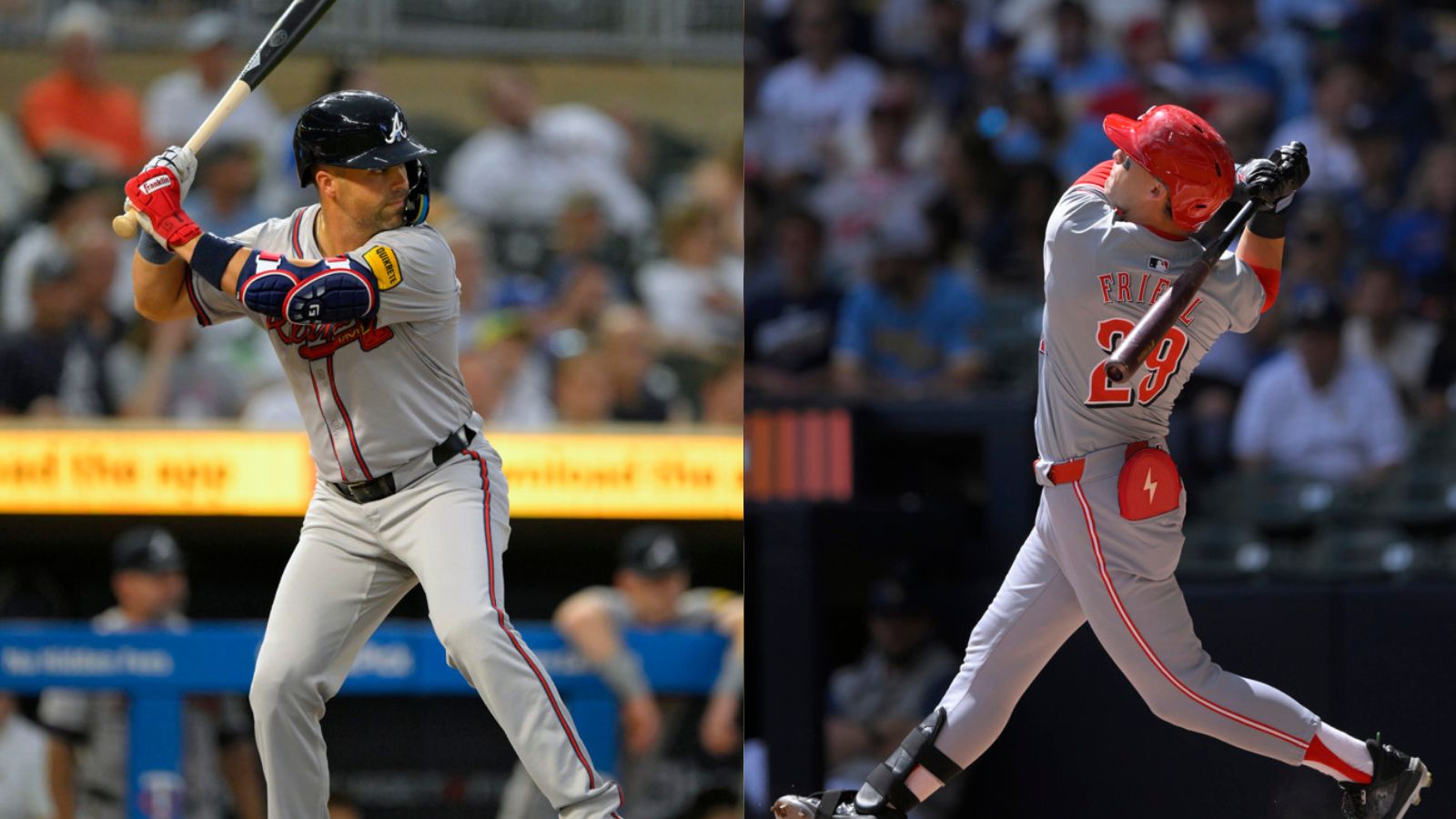The Mets finished the first month of the 2014 season with a winning record, despite just a .220 batting average as a team over their first 26 games, second worst in the National League. Needless to say, a lot of that early season success is due in large part to the work that their pitchers have done on the mound.
Unfortunately, like their position player counterparts, Mets pitchers have struggled in the batter’s box as well, to the tune of an 0-for-42 start at the plate in their first 26 games. That includes 23 strikeouts and only 19 balls put in play, excluding sacrifice bunts. To their credit, they haven’t been complete pushovers, as Mets pitchers have walked a league-high six times, twice as much as any other team, and good for an 11.1 percent walk rate (BB%) that’s more than double the next closest team.
Despite this small sample size, amidst the statistical quirkiness, one man stands alone, often times with the bat on his shoulder. Mets pitcher Jon Niese, a career .164 hitter, has drawn four of those walks in just nine plate appearances so far this season, giving him 26 walks in 263 career plate appearances.
For Niese, that translates to a 9.9 percent BB%, the highest among all active pitchers with at least 100 career plate appearances. In fact, Niese’s walk rate as a batter is the highest among all pitchers who have had at least 100 plate appearances since 1995. Only two other pitchers are over 9.0 percent.
Niese’s approach at the plate seems to be simple enough. Don’t swing at bad pitches, or much at all. Among all active pitchers, Niese has the second-lowest overall swing percentage, the second-lowest percentage of pitches swung at outside the strike zone, and the lowest swinging strike percentage.
Only two active pitchers have seen a lower percentage of pitches in the strike zone in their career than Niese has, but nobody else is more inclined to let those non-strikes go. After drawing a bases loaded walk off Cole Hamels on April 29, Niese has now drawn at least four walks in five consecutive seasons.
All in all, he’s drawing walks at the plate at a higher rate than he allows them on the mound, and it’s not as if he’s taking advantage of overly wild pitchers, either. Hamels, who has a career 6.1 percent BB% on the mound, has now walked Niese twice in eight career plate appearances. Michael Wacha, career 7.0 percent BB% on the mound, walked Niese back on April 23. The 2014 league average BB% is 8.4 percent.
Twenty three different pitchers in all have walked Jon Niese at least once in his career, including Edward Mujica, who walked Niese the only time he ever faced him, back in 2010. What makes that pretty amazing is that Mujica’s 4.0 percent BB% is not only the fourth-lowest walk rate among all active pitchers, it’s also the 10th-lowest walk rate in the live ball era, from 1920 to present (minimum 100 innings pitched).
To me, a pitcher drawing a walk off an opposing pitcher might be the best thing any hurler can do with a bat in his hands and a helmet on his head. Giving up a hit to a pitcher is understandable, but walking a pitcher, as Niese’s opponents have done in all four of his starts this season? I can’t imagine anything more frustrating for the pitcher on the mound.
While Niese has walked more times so far in 2014 than any other MLB team’s entire pitching staff has walked, the benefits are somewhat limited, especially on a team that’s struggled offensively like the Mets have. Mets pitchers have a .125 on-base percentage, which is 14th in the league among the 21 teams who have had a pitcher bat so far this season, and Mets pitchers have not scored a single run.
At the end of the day, pitchers are paid to pitch, not to hit. Mets pitchers seem to be following that philosophy more closely than anyone, whether it’s on purpose or not. Niese, at the very least, is making less outs than his fellow pitcher-batter counterparts, so maybe a few of his teammates should take a page out of Niese’s playbook and keep the bat on their shoulder. It might not break up their collective hitless streak, but swinging less would at least avoid the Mets seeing more swings like this.
While I’m sure the Mets wouldn’t mind it, the designated hitter isn’t likely to make its way to the NL any time soon. No Mets pitcher is likely bringing home a Silver Slugger Award either. However, as long as they continue to find success on the mound, futility in the batter’s box may be inconsequential.


